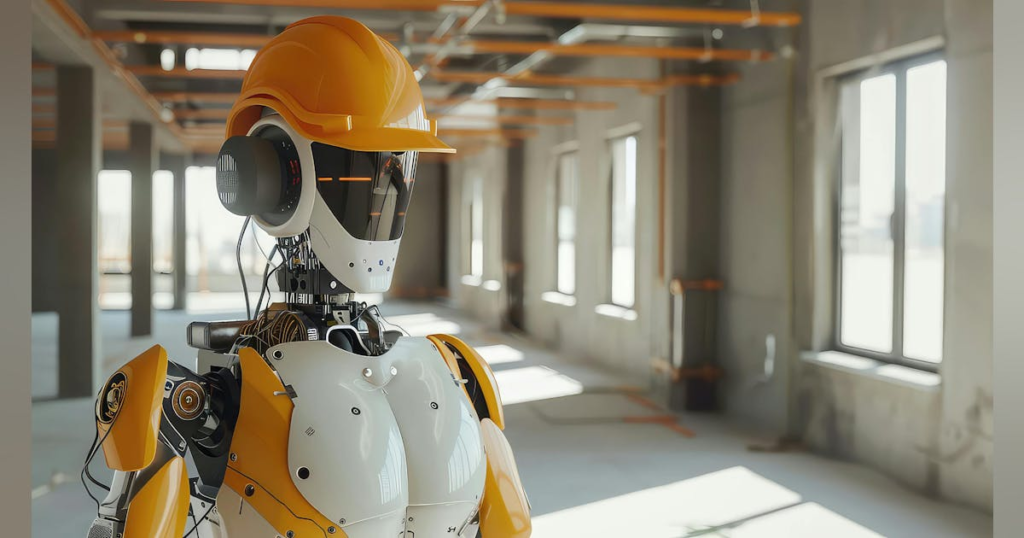As construction contractors increasingly turn to artificial intelligence (AI) to enhance their operations, understanding the potential errors that can arise during automation becomes crucial. While AI offers numerous advantages, such as improved project visualization and error detection, it is still in a developmental phase. A thorough understanding of common challenges and practical troubleshooting is essential for maximizing the benefits of AI.
One prevalent issue in AI automation involves errors during data processing. These can manifest when the AI system incorrectly interprets input data, leading to inaccurate analyses or project assessments. For instance, if a construction project uses an AI-driven tool that analyzes scheduling data but receives erroneous inputs—such as outdated timelines or incorrect resource allocations—it may generate flawed forecasts or inefficiencies in resource deployment.
To address this issue, contractors should ensure that all data fed into the AI system is verified and up to date. Establishing a routine for data validation can significantly reduce the incidence of processing errors. Employing a dual-check system, where two team members independently verify critical inputs before submission, can serve as an effective solution. Additionally, integrating a robust feedback loop that allows the AI to learn from past discrepancies can help improve its accuracy over time.
API rate limits are another common challenge in automation workflows. Many AI systems rely on APIs to pull in data from various platforms, such as scheduling software or project management tools. When the frequency of requests exceeds the API limits, it can lead to refusal of service or incomplete data being received, which can disrupt project timelines or create gaps in data availability.
To mitigate this risk, contractors should familiarize themselves with the API rate limits established by their chosen platforms and design their workflows accordingly. This might involve scheduling data pulls during off-peak hours or aggregating requests to stay within established limits. Implementing a comprehensive monitoring system that alerts the project manager when approaching these limits will also facilitate proactive adjustments, minimizing disruptions.
In addition to data processing errors and API concerns, integration issues between different software applications can pose significant challenges. As construction companies deploy multiple tools for various aspects of project management, ensuring these systems communicate effectively becomes vital. An integration failure can lead to gaps in information, delayed timelines, and increased costs due to redundant work.
Contractors can tackle these integration challenges by investing in middleware solutions that bridge communication between different software applications. Additionally, creating a documentation repository that outlines the integration processes can provide a reference point for troubleshooting. It is also advisable to conduct regular integration checks and testing to identify and resolve issues before they escalate.
The risks associated with automation errors cannot be overstated. An unaddressed issue can lead not only to delays and budget overruns but can also compromise the integrity of the entire project. Recognizing and addressing problems promptly can significantly improve return on investment (ROI). Minimizing errors saves time and resources and enhances the overall workflow—ultimately leading to more successful project outcomes.
Successful resolution of automation errors requires a systematic approach. Establishing clear protocols for error detection and resolution is critical. Contractors should select key performance indicators (KPIs) related to automation usage and monitor these metrics regularly. By doing so, businesses can identify patterns of errors over time and implement preventive measures. Regular training sessions for team members on both the technology being used and the troubleshooting protocols can further enhance effectiveness.
Communication is essential in these scenarios. Creating an environment where team members feel comfortable reporting issues without fear of blame can lead to quicker identification of problems. Team collaboration tools can facilitate real-time communication and streamline the troubleshooting process, ensuring that issues are resolved as swiftly as possible.
In conclusion, while AI presents significant potential to improve efficiency and accuracy within the construction industry, understanding and addressing the common errors associated with automation is vital for success. Ensuring data accuracy, adhering to API limits, solving integration issues, and promptly addressing arising problems are all critical components in maximizing the benefits of AI. By implementing thorough protocols for troubleshooting and fostering an open line of communication among team members, construction contractors can better harness AI’s capabilities, enhancing their operational efficiency and project outcomes.
FlowMind AI Insight: The proactive identification and resolution of automation errors not only streamline operations but also enhance overall project success. By investing in effective troubleshooting protocols, businesses position themselves to fully leverage the power of AI in their construction initiatives.
Original article: Read here
2025-04-22 07:00:00

